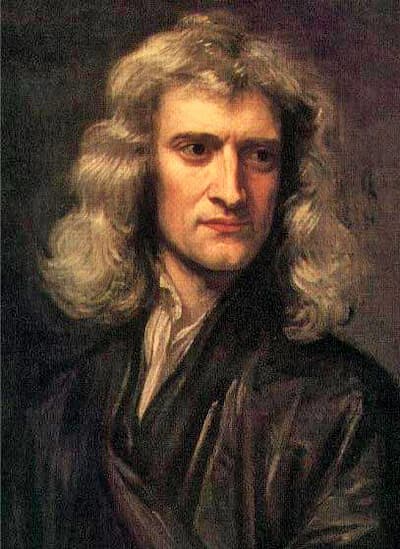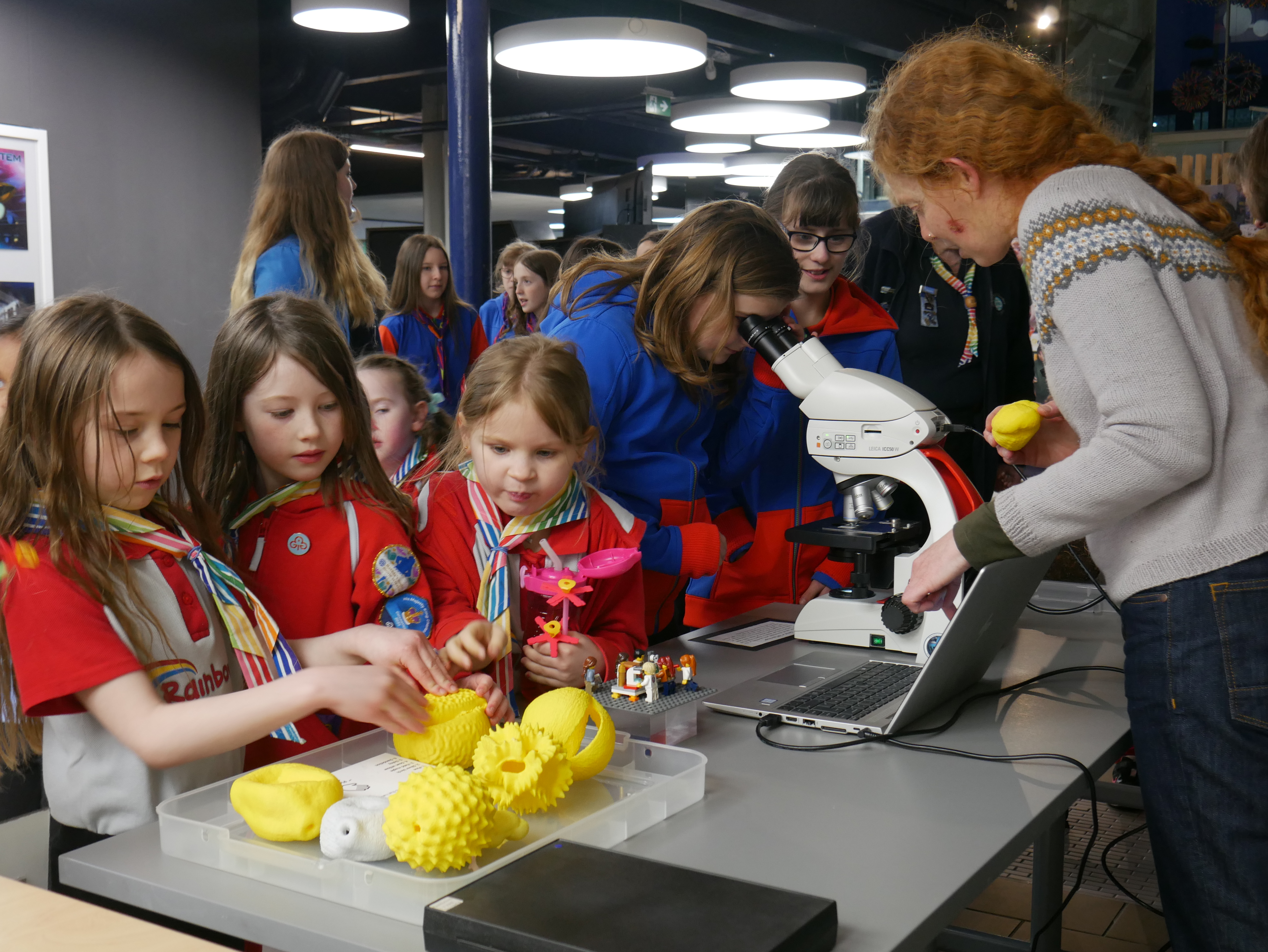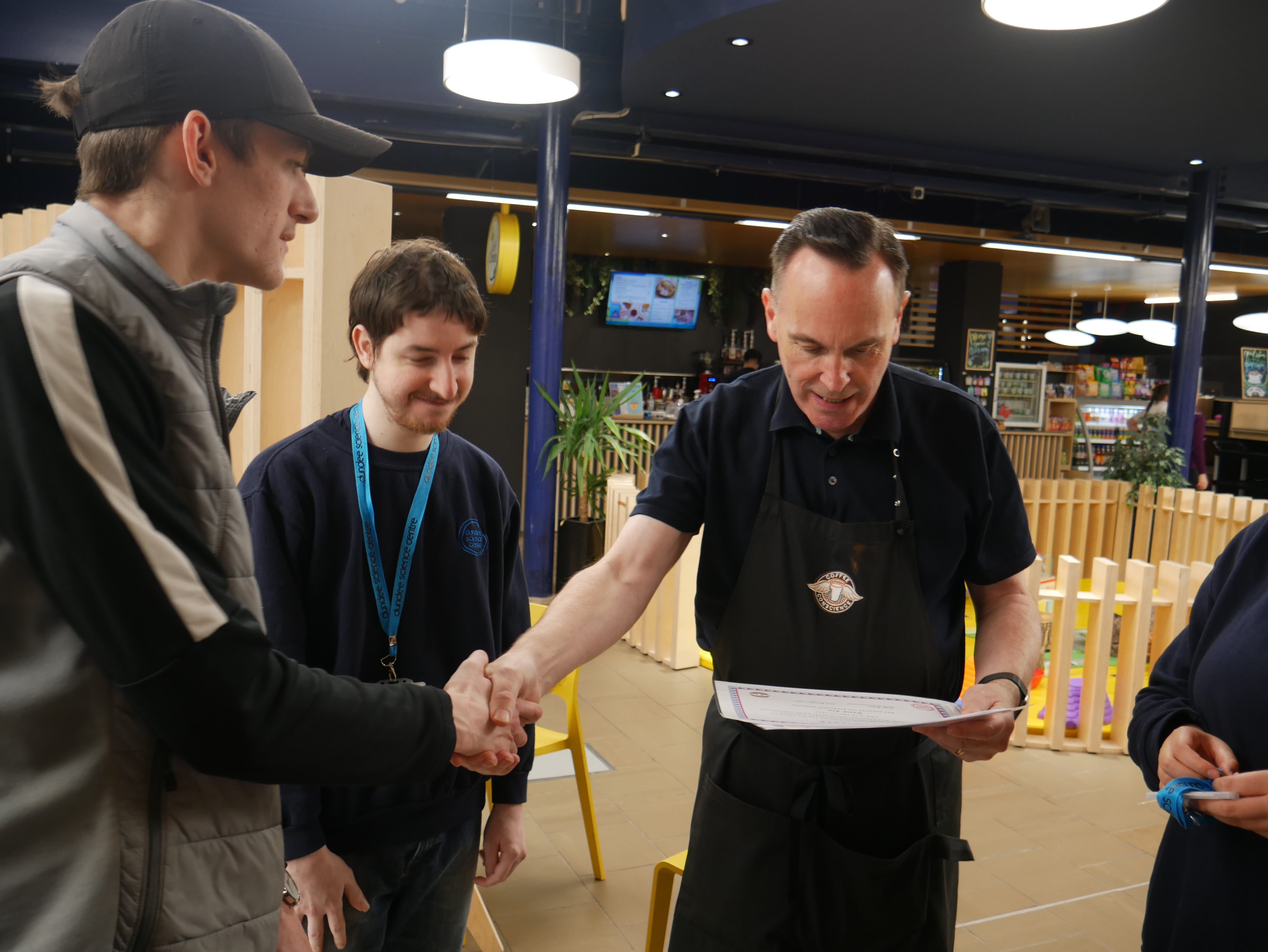As the Earth turns…

Why doesn’t the Moon fall on us? Shouldn’t gravity pull it back to Earth?
That was the question a very famous scientist named Sir Isaac Newton asked in the 17th century. The famous story tells of the scientist sitting under an apple tree at his home as a boy, and an apple fell on his head. He wondered why the apple falls to the ground, but the Moon does not.
Later, he developed a thought experiment – one he couldn’t reproduce in real life – to describe this. If he launched a cannon with a certain amount of force, it would go a certain distance before falling back to Earth. If he launched it with a bit more force, it would go a bit further before falling back to the ground. He theorized that if he could launch a cannon with enough force, he could get it going so fast that it would go all the way around the world and hit him in the back of the head before falling back to the Earth.
The idea he described was an orbit, and it is why the Moon does not fall to the Earth. It is moving around the Earth so quickly that it basically, just misses the Earth and continues to go around and around.
That is also how the International Space Station stays in space! It is technically always falling to Earth, but it is moving horizontally so fast that it just misses actually hitting the Earth and continues to go around and around!
Check out the video below to see just how this works!







